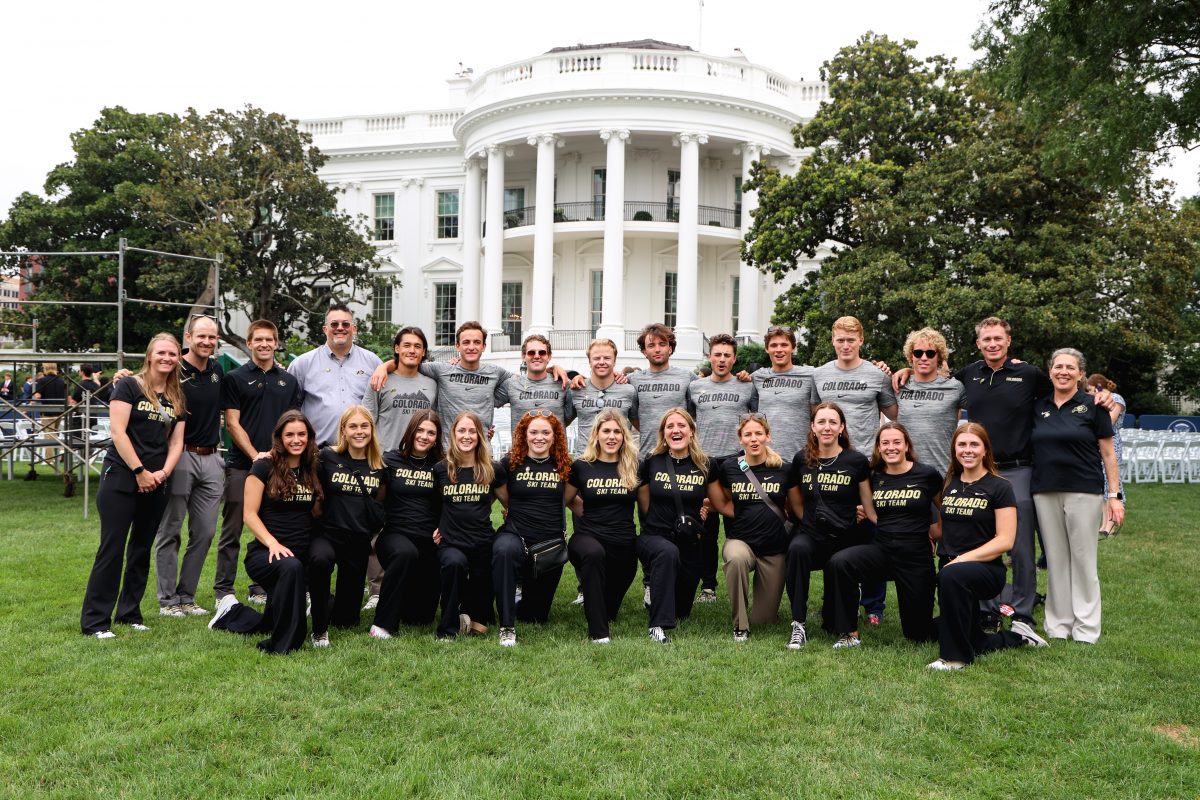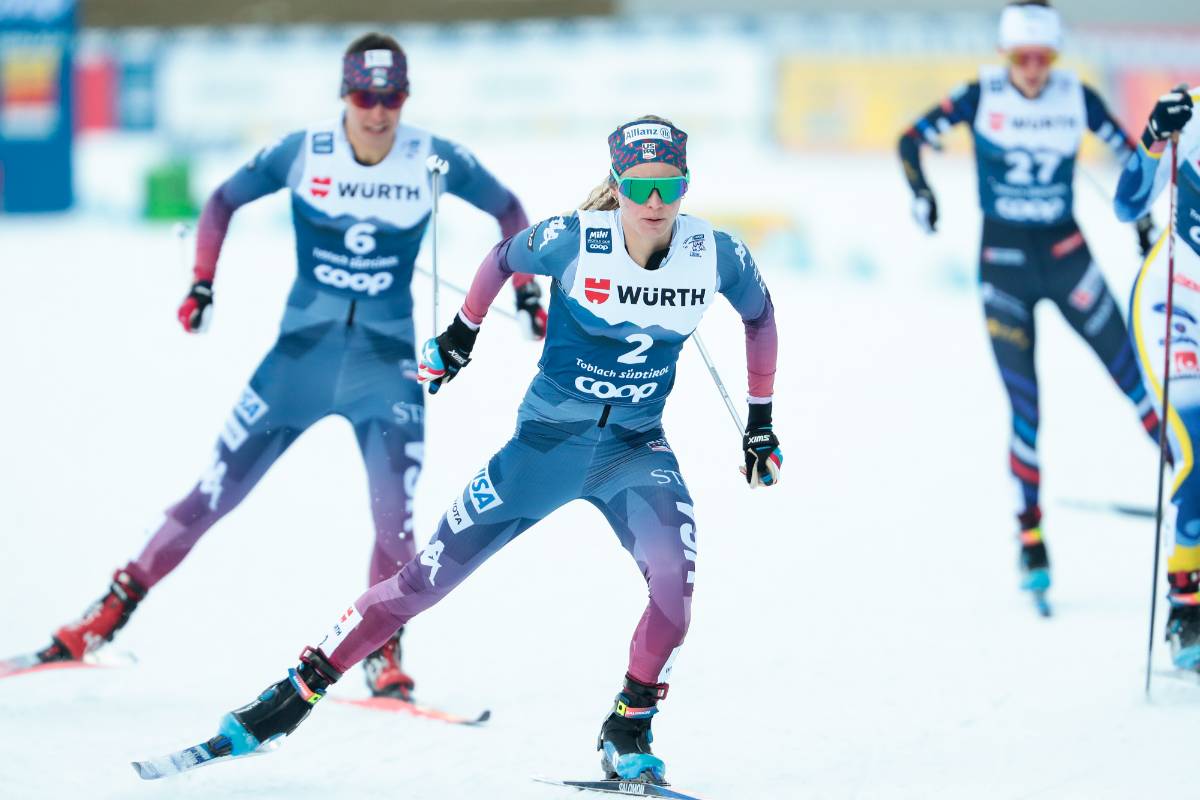Yesterday’s competition at the Nordic World Championship, the 4 x 5-km Women’s Relay, did not include an American team. It would be appropriate to hope that with the improvements of the men’s team and results this year, the American women will also soon step up to the same level. In last month’s National Championship in Rumford, Maine, we saw that the quantity of skiers is as high as for any nation participating here in Val Di Fiemme, but the challenge for US is to now also to improve the quality of the women’s field at home.
I will not attempt to explain how this should be done, but rather talk a bit about the tasks I’m here to do at the World Championships, as a member of the Cross-Country Jury.
The Jury at a FIS World Championship is appointed by the international FIS Cross-Country Committee. It consists of 4 persons that work closely with the World Championship Organizing Committee and FIS in managing the technical organization of the competitions. The members of the Jury work as a team in advising the Organizer how to best prepare the competitions and the conditions at the venue to achieve the best possible results for the athletes and the promotion of the sport. The Jury at the World Championship is a group of some of the sport’s most knowledgeable and experienced persons at rules, course setup, grooming procedures, as well as any procedural and technical issues related to implementing the practical parts of the competitions.
Jury work means long days. It means being in place at the venue at least 3 hours before the competition starts, and often staying until dark to plan for the next day’s competitions. It also means making most all decisions in case of difficult situations, such as how to prepare and setup the courses and stadium for the different event formats, how to handle infractions of rules, or how to judge photo finishes. It is also involved in planning the daily activities on the ski courses, and is the main interface between the competing teams and the Organizer.
The members of the Jury are normally assigned different tasks prior to and during the events. Some of these tasks are technique control (make sure of no skating during classical races), start procedures (correct setup, timing etc), ensuring order on the competition courses (no unfair behavior by team coaches, separation of athletes and spectators), correct and safe preparation of classical tracks (how to and where to set or not set tracks in a classical competition), or procedural elements (how to handle substitution of skiers, or sanctions of participants in case of unethical or unfair behavior).
Some examples of the sitations already dealt with at this Championship are cases of “illegal†blood values, obstruction of skiers by other competitors or coaches during the competition, late entries, illegal commercial markings, adjustment of competition course layouts, physically stopping competitors in a race due to miscellaneous reasons, or planning how to re-groom parts of the competition courses in the middle of the competition.
The challenges for the Jury are often similar to the challenges of any event that involves different large groups of people, namely how to anticipate their needs, actions and movements. As many of you know, this takes training, related experience, intuition and practical sense. However, at a World Championship you don’t get to guess or practice first, any decision better be the correct one — otherwise your mistake gets displayed on live TV to millions of sports-crazy fans.
John Aalberg has found time in his busy jury schedule to file on-the-scene reports for FasterSkier.



